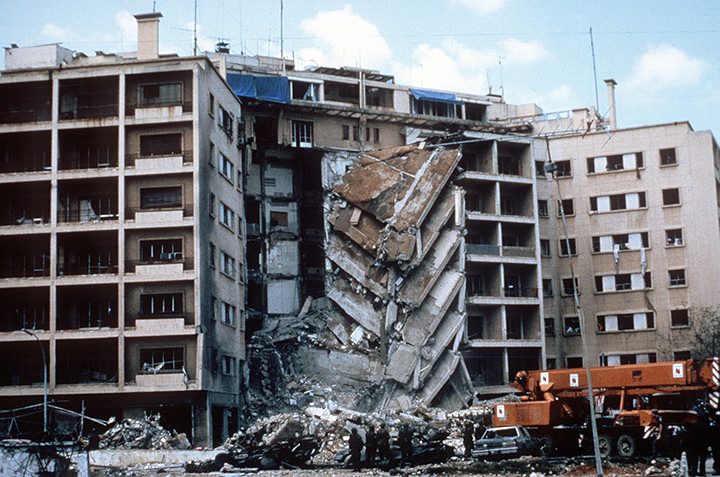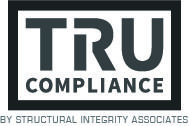YOUR GUIDE TO PHYSICAL SECURITY PROTECTION 101
MILITARY / DOD
All inhabited buildings owned or leased by the U.S. Department of Defense (DoD) are subject to the minimum anti-terrorism standards of UFC 4-010-01. In the most recent editions this standard requires proven physical security resistance of all windows and doors. Based on the site conditions and building configurations, physical security forces can reach high levels and require proof-of-performance by either static testing, dynamic testing, or engineering computation.
Higher level of protection DoD buildings are subject to physical security forces from conventional weapons, based on a site-specific threat assessment and analysis according to UFC 3-340-01: Design and Analysis of Hardened Structures for Conventional Weapons Effects. Compliance with this standard can require bullet and shrapnel resistance in addition to physical security resistance for doors, windows, and HVAC louvers.


EMBASSY / GSA
High profile attacks on the U.S. Embassy and Marine Corps Barracks in Beirut in 1983 prompted the U.S. State Department to start requiring physical security protection and other security measures at its overseas facilities. The next decade, the Oklahoma City Bombing prompted the General Services Administration (GSA) to create the Interagency Security Committee (ISC) to address physical security and security concerns at its properties.
Today, the vast majority of new construction and rehabilitation projects for these agencies produce construction specifications that require physical security resistant windows and doors to be tested or analyzed to resist required loads.
INDUSTRIAL APPLICATIONS
Despite great advances in safety protocols, accidental explosions in industrial facilities still occur each year. Industry standards such as API RP-752 advocate the use of physical security resistant enclosures to mitigate the effects of explosion, fire, and poisonous gas as part of a larger Quantitative Risk Assessment or QRA. Many projects in this arena adopt provisions of the American Society of Civil Engineers’ (ASCE’s) Design of physical security-Resistant Buildings in Petrochemical Facilities. Click on one of the prodcuts on the left to learn how to get certified.
